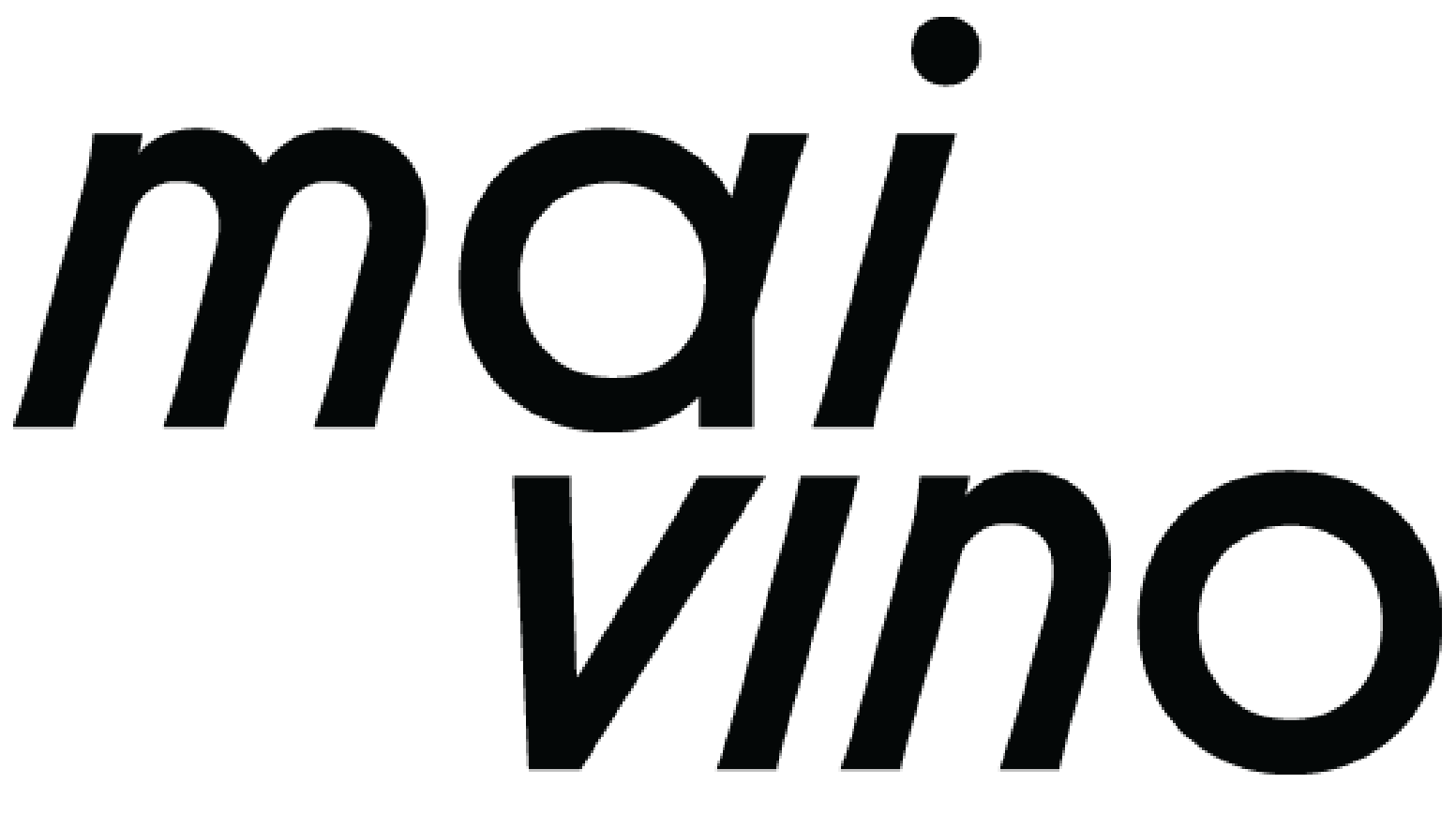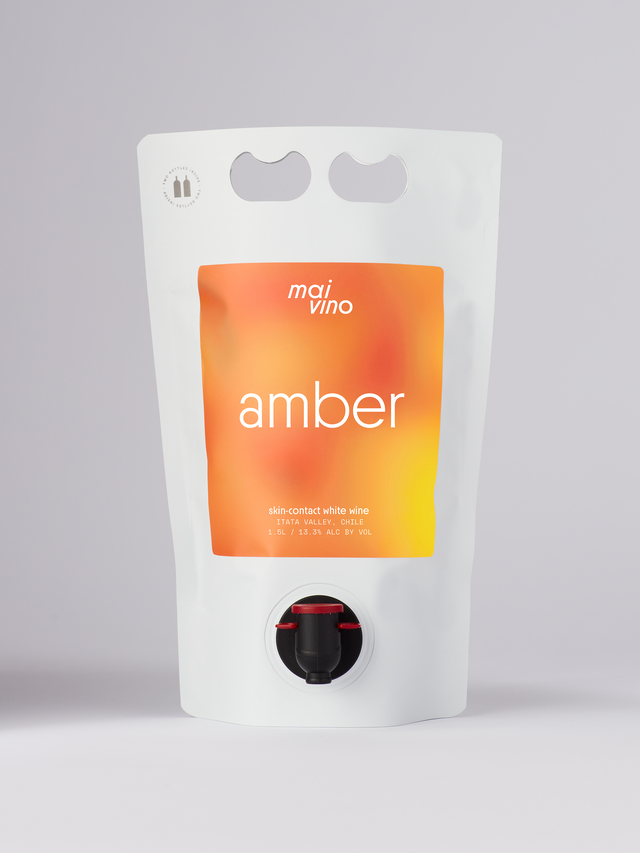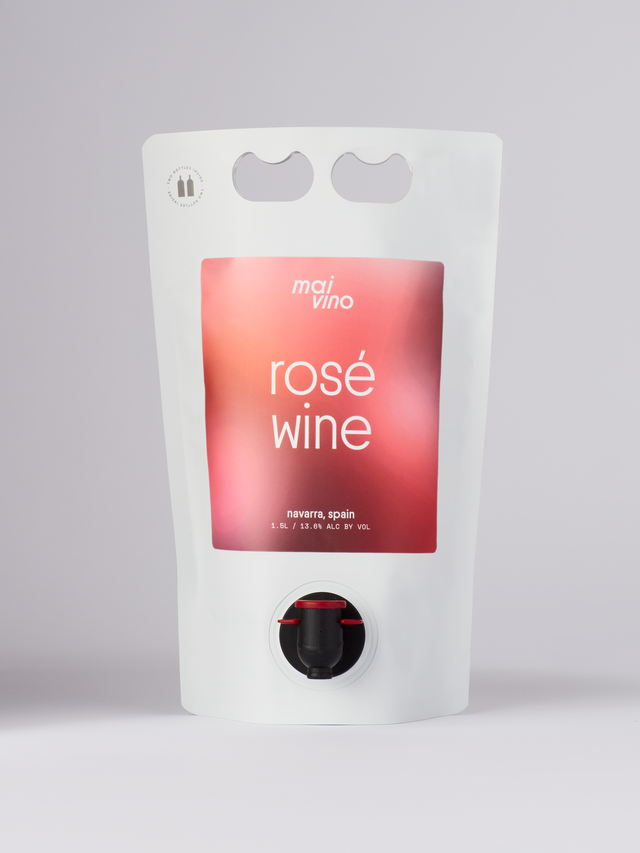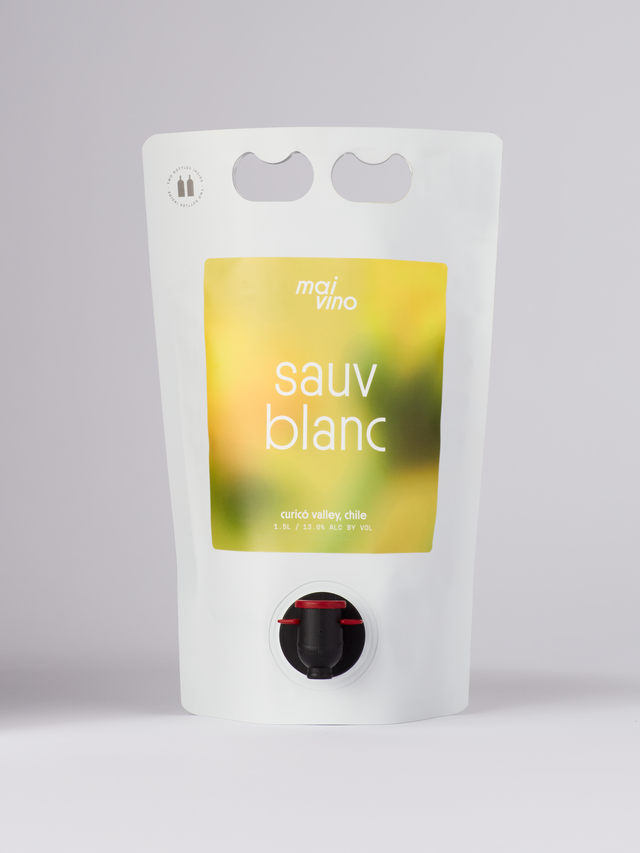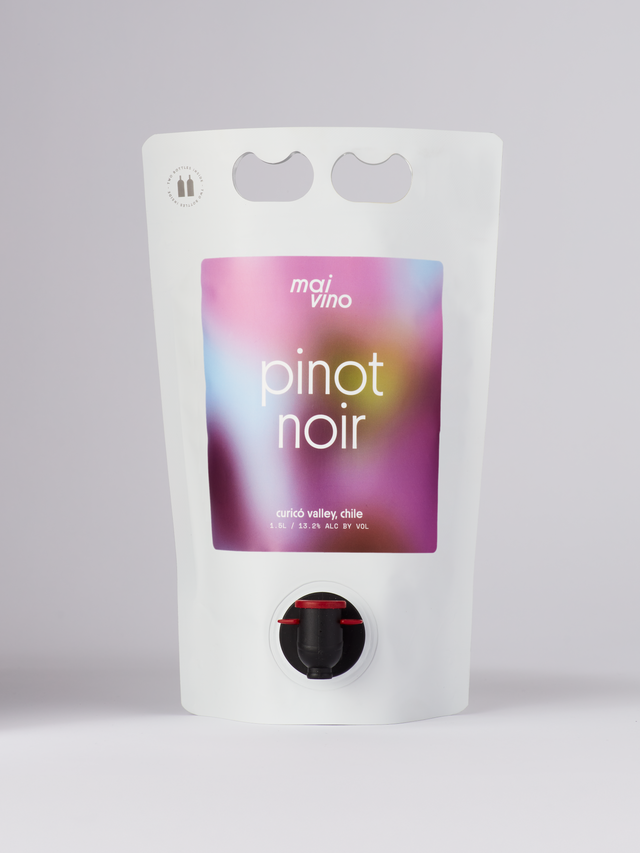Sauvignon Blanc, A Quick Guide
Red wine is the most famous wine style, and it’s always exciting. Still, rosé and white wine are equally pleasing. In fact, we can safely say white wine is much more versatile than red, and we’re not only talking about the world-famous Chardonnay but the noble Sauvignon Blanc.
There are hundreds of white grapes out there, but none taste like Sauvignon Blanc wines. The French grape has become every winemaker’s darling, and it’s for the wine’s ability to express its terroir.
Pour yourself a glass of Mai Vino Sauv Blanc and let’s get started. Experience what the noble varietal is all about.
Sauvignon Blanc’s Origin
Sauvignon Blanc is an ancient varietal. Its name comes from the old French term “Sauvage,” which means wild because the grape grew wild on the banks of the Loire River a few thousand years ago.
Sauvignon was eventually domesticated and produced successful offspring, including Cabernet Sauvignon. The purity of the wines made with it has made Sauvignon Blanc grapes withstand the test of time.
Today, Sauvignon Blanc thrives in several prestigious French appellations, and it has also found a home in other countries, from New Zealand to Chile.
Where Does Sauvignon Blanc Grow?
Let’s explore the most famous wine regions for Sauvignon Blanc, starting with France. Experts believe Sauv Blanc is native to the Loire Valley, where Sancerre and Pouilly-Fumé soils produce wonderfully flinty white wines. Bordeaux is also a source of spectacular white wine made with the grape, mainly in the Pessac-Léognan appellation and the rest of Graves.
Here, producers blend Sauvignon with Semillon and Muscadelle to make white Bordeaux, and they even use the grape combination for the dessert wine made in Sauternes. Sauvignon Blanc is also commonly planted in Northern Italy and Southern Austria.
Sauvignon Blanc in the new world is also exciting. New Zealand Sauvignon Blanc is amongst the most fragrant and fruity — it comes from Marlborough, New Zealand.
Chile produces spectacular Sauv Blanc in Casablanca and the Curicó Valley. Up north, California’s own Napa Valley makes a lovely Fumé Blanc (oak-aged Sauvignon), although the best Sauvignon in the USA comes from Washington State’s Columbia Valley.
South Africa's coastal regions and Australia’s Adelaide Hills are also reliable sources of Sauvignon Blanc.
What Kind of Wine is Sauvignon Blanc?
Sauvignon Blanc produces dry wine with high acidity and a complex bouquet. Most Sauv Blanc is fermented in stainless steel, and such fermentation preserves the wine’s fruit aromas.
Common in all tasting notes, expect gooseberry, white peach, bell pepper, passion fruit, tropical fruit, and grapefruit in every sip of the herbaceous wine. Sauvignon Blanc can remind you of fresh-cut grass!
As for food pairings, Sauvignon Blanc is spectacular with seafood, including shellfish, crustaceans, and white fish, either cooked or raw. Sauvignon Blanc also pairs well with fresh and curd cheese and colorful salads.
